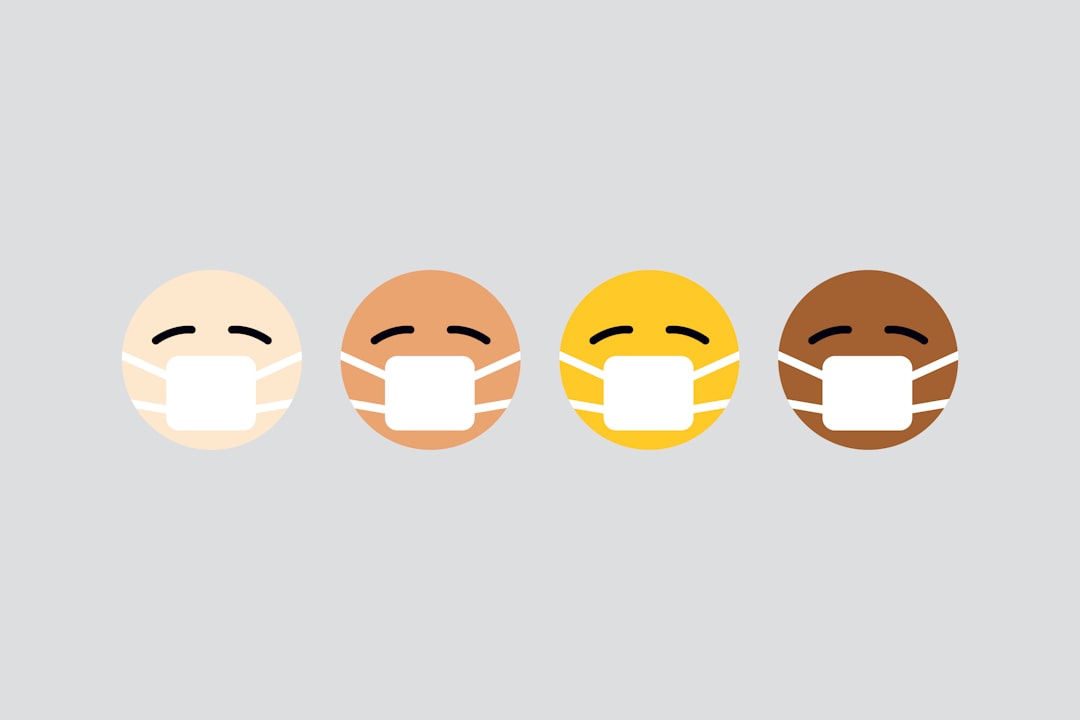What is it about?
Background: The worldwide burden of snakebite is high, especially in remote regions with lesser accessibility to professional healthcare. Therefore, adequate first aid for snakebite is of the utmost importance. A wide range of different first aid techniques have been described in literature, and are being used in practice. This systematic review aimed to summarize the best available evidence concerning effective and feasible first aid techniques for snakebite. Methods: A systematic literature screening, performed independently by two authors in the Cochrane Library, MEDLINE and Embase resulted in 14 studies, fulfilling our predefined selection criteria, concerning first aid techniques for snakebite management. Data was extracted and the body of evidence was appraised according to the GRADE approach. Principal findings: The pressure immobilization technique was identified as the only evidence-based first aid technique with effectiveness on venom spread. However, additional studies suggest that proper application of this technique is not feasible for laypeople. Evidence concerning other first aid measures, such as the application of a tourniquet, suggests avoiding the use of these techniques. Conclusions: The practical recommendation for the treatment of snakebite in a first aid setting is to immobilize the victim, while awaiting the emergency services. However, given the low to very low quality of the data collected, high quality randomized controlled trials concerning the efficacy and feasibility of different variations of the pressure immobilization technique are warranted.
Featured Image
Perspectives
The Belgian Red Cross-Flanders develops first aid guidelines that specifically target laypeople. In the context of updating the first aid guidelines for sub-Saharan Africa, we aimed to summarize the best available evidence for the treatment of snakebite, feasible for laypeople. Of the numerous first aid measures supported in literature and used in practice, we could only find evidence concerning effectiveness for the pressure immobilization technique on the spread of snake venom, which involves application of a firm pressure bandage on the bitten limb, together with immobilization of the limb. However, studies concerning its feasibility suggest this technique is difficult for laypeople to apply correctly. Keeping the limb immobilized on the other hand had a beneficial effect on the spread of the venom. However, given the low to very low quality of the evidence, high quality trials concerning the effectiveness and feasibility of different variations of the pressure immobilization technique are needed.
Centre for Evidence-Based Practice
Centre for Evidence-Based Practice
Read the Original
This page is a summary of: The Treatment of Snake Bites in a First Aid Setting: A Systematic Review, PLoS Neglected Tropical Diseases, October 2016, PLOS,
DOI: 10.1371/journal.pntd.0005079.
You can read the full text:
Contributors
The following have contributed to this page










